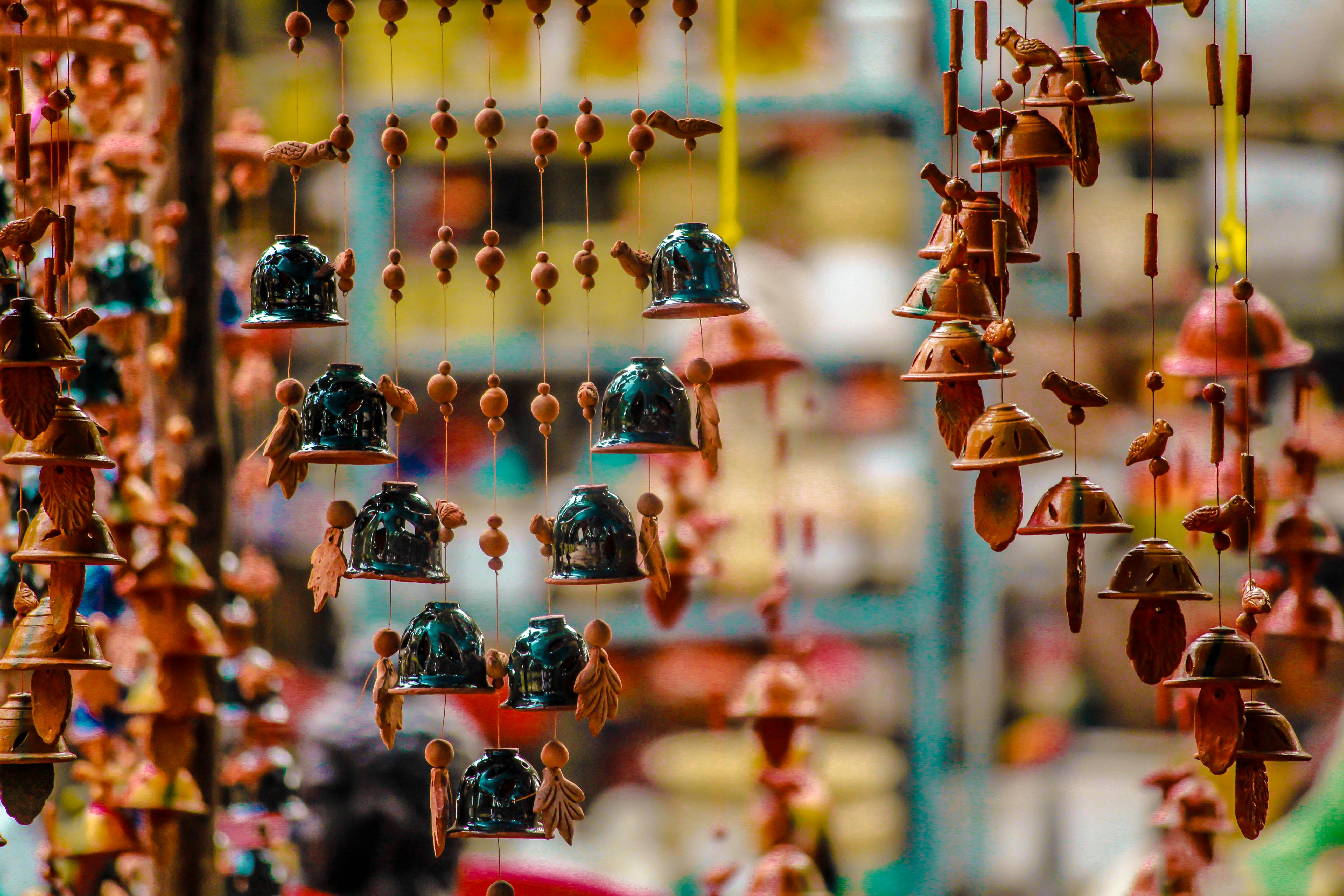
Shape Guide for Masquerade Ball Mask Designs
Masks for the masquerade ball do not follow strict rules on how to design a mask, nor the final shape of your mask designs. Having said this, there are some popular shapes for masquerade masks as follows:
Eye Only Mask: A form of masquerade mask that only covers the eyes. It’s not much more than an eye frame, resembling a twin set of figure-eight symbols.
Half mask: There is a lot of variety with this shape, but within this, the mask generally encompasses most of the forehead, eyes, and nose.
Face shaped mask: This mask covers the entire face. Sometimes there will be an open space for the mouth to be open, but many masqueraders prefer a mysterious, cover-all approach to enhance the mystery.
head mask: Speaking of covering everything, this shape really does cover everything. Encompassing the entire head, this form of mask gives the wearer the opportunity to showcase mask designs that typically include features on the top of the face or the back of the head that can also be intertwined with the wearer’s costume. .
The above skin types represent the basics. Some variations on the shape that are a bit more complex and creative that you may want to consider include the following:
Asymmetry: One side of the mask extends lower (or higher) than the other side, giving the wearer an edgier look. There are more ways to do this than can be easily counted.
split mask: This shape is made of two separate pieces that snap together at the eyes. An example of this would be two sitting ovals on the right and left cheeks that merge at the bridge of the nose, eyes, and forehead.
Regardless of the level of coverage you decide to wear, a masquerade mask can be adapted to almost any geometric shape: round, oval, rectangular, diamond, trapezoidal, window, lattice. Give the shape a name and chances are you can incorporate that shape into your skin design.
If you’re not sure what kind of foundation shape you want to use, try to figure out what general shape best suits your face. You can do this by cutting a generic pair of eye holes in a piece of inexpensive fabric and experiment with holding it up to your face in front of a mirror folded in different ways to create different shapes.
The shape of the eye holes in the mask should also be taken into account. Some of the possibilities are symmetrical round almond-shaped, almond-shaped with the outer edges up, almond-shaped with the outer edges up, quarter moons up, and quarters down. Size and dimension possibilities vary greatly, so you may want to do the same 5 minute exercise in front of the mirror as above with cloth or paper to determine which specific eye hole shape looks best.
Another important point with the eye holes: if you are representing a specific type of character with your mask, or an idea that has an emotional quality to it, this absolutely needs to be reflected in the shape of the eye holes. The eye design of your masks will convey more about your assumed personality than the colors you wear, the general shape of the mask, the style of the lips, or anything else that has to do with your overall presentation.
Last but not least, we come to the nose. Assuming the basic shape of your mask covers part or all of your nose, it can be fun to have the nose of your mask extend beyond the natural contours of your nose. This can be a short, pointy extension or the full nose of the plague doctor’s mask. Or even in the way that it mimics the nose of a particular animal if you feel like going wild for a night.
When in doubt, take it back to the concept: what do you want your mask to be based on (or convey to the other masqueraders)? Your chances of achieving the ‘wow’ factor with your masquerade mask will be significantly improved if the overall design (including the style of the shape) aligns with the overall theme of your appearance.
